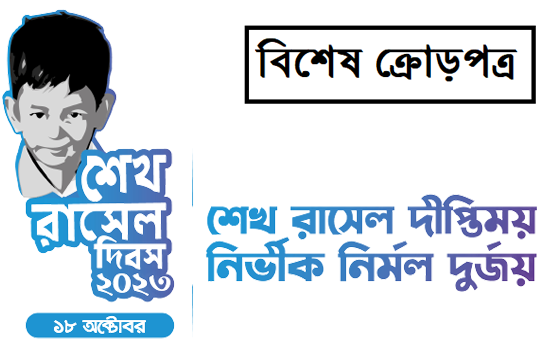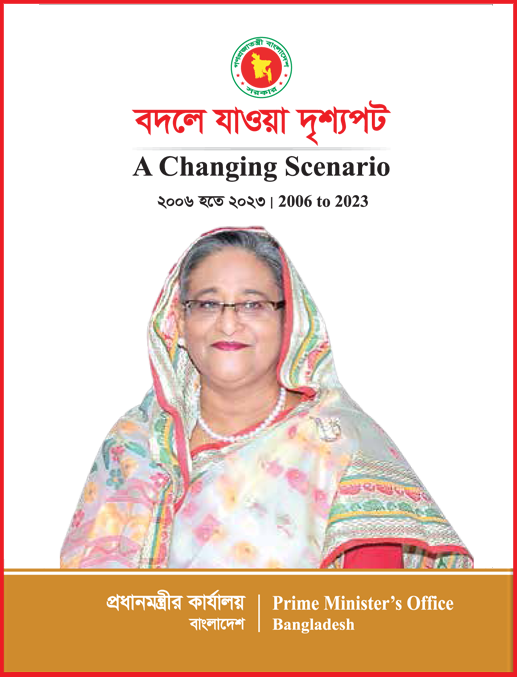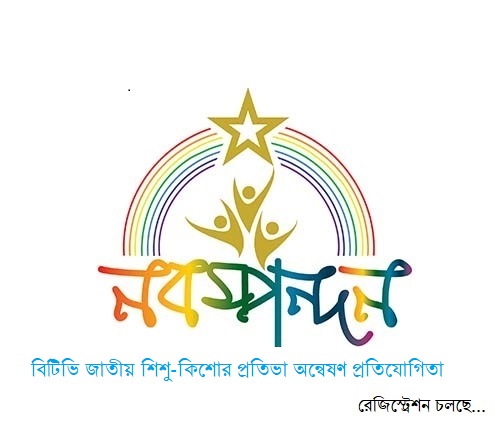LICT Details
Background
Bangladesh has sustained a good track record of growth and development over the past decades. The economy has grown by nearly six percent per annum over the past decade; and has been resilient to the effects of the recent global financial crisis and frequent natural disasters. In addition, the country has made laudable progress on many aspects of human development and is on track to meet the Millennium Development Goals for infant and child mortality and gender equality in education. However, development needs remain large and pressing, with around 50 million people still living in poverty.
The Government of Bangladesh (GOB) has developed its Vision 2021 and Sixth Five Year Plan with developmental targets which address some of these major challenges. The GOB’s Sixth Five Year Plan puts an impetus on the use of ICT for improving factor productivity, governance and service delivery, and on the development of the IT industry. The Plan aims to accelerate growth to eight percent per year by 2015; ensure participation, social inclusion and empowerment; promotes good governance; and efficient delivery of public services.
GOB recognizes the need to leverage on Information and Communication Technologies (ICT) to achieve these ambitious targets and has undertaken a number of significant actions under its Digital Bangladesh program. This program fundamentally seeks to leverage ICT for the country’s next stage of growth and development, and support Bangladesh to achieve middle-income country status by 2021. The GOB’s Sixth Five Year Plan puts an impetus on the use of ICT for improving factor productivity, governance and service delivery, and on the development of the IT industry.
Sectoral Context
Bangladesh’s ICT industry has developed considerably over the past decade. Telecommunications has generated total industry investments of USD4.5 billion since 2002, and the industry currently provides about 8 percent of the government’s total revenue per annum. Mobile penetration rates have increased from less than 1 percent in 2002 to 44 percent at the end of 2010, and 98 percent of the country is now covered by a wireless network. The government has also actively promoted its Digital Bangladesh program which has generated high expectations among citizens.
Bangladesh’s IT industry has remained relatively nascent as compared to telecommunications, with total industry output estimated at USD300 million per annum, representing a limited proportion of the country’s total GDP. In addition its e-readiness remains behind global averages especially in terms of the general population’s ICT skills, perception of the country’s suitability for ICT businesses, supporting infrastructure, and technology foundations for the public and private sector.
Hence GOB recognizes the need to be holistic in its approach for leveraging ICT, especially with regards to its Sixth Five Year Plan goals for governance, economic growth, and employment creation. This is reflected in its strategic pillars for Digital Bangladesh, which holistically covers (i) Digital Government; (ii) ICT in Business; (iii) Connecting Citizens; and (iv) Human Resource Development.
These strategies are encompassed in GOB’s Digital Bangladesh strategy document, which was developed through a highly consultative process by the Prime Minister’s Office. A number of key policy and legal instruments have been approved in the last year in support of Digital Bangladesh – including the ICT Policy 2009, ICT Act, and Right to Information Act. From an institutional perspective an ICT Chapter has also been included in the Government’s Secretarial Instructions.
The global talent constraint findings from numerous studies by international consulting firms and donors on the IT/ITES industry in Bangladesh indicate that the country possesses significant comparative advantage due to the availability of a large, English-educated talent pool. In addition the industry has been found to possess particular strengths in niche sub-segments such as software programming, graphics and animation, and data entry services. However, the industry is performing far below its potential and is in need of targeted government assistance to (i) improve the skills and employability of the country’s large labor pool; (ii) put in place institutional mechanisms to enable industry development, and (iii) present the country’s comparative advantage and build global linkages. Many Governments including Ghana, Kenya, Mexico, Pakistan, the Philippines and South Africa have recognized the untapped potential in the IT/ITES space and have undertaken similar programs to support the industry.
The government also recognizes the need to leverage e-Government for public sector modernization. However the public agencies have systems and services that are largely silo-based, replicative, insufficiently secured, and do not leverage electronic services sufficiently in support of public sector reform efforts. The lack of shared IT hosting infrastructure; and IT governance policies, standards and structures has exacerbated this issue and presents a major barrier to providing seamless e-services. Hence there is a critical need for these technology foundations to improve public sector efficiency and effectiveness, and improve the reliability and security of government services and public information – such as shared datacenter and disaster recovery center, videoconferencing facilities between offices in Dhaka, enterprise architecture, and information security governance and cyber-security response teams.
In this context GOB has sought assistance from the World Bank in the following two areas related to ICT in business and in government. In particular, GOB has requested support to develop the IT/ITES industry and establish shared IT infrastructure and services to support public sector modernization and e-Government efforts.
Each of these two components is expected to have significant development impact for Bangladesh in the next five years. The IT/ITES industry development component is targeted to create an estimated 34,000 direct jobs, and potentially up to 120,000 indirect jobs as studies have shown a ratio of up to 1 to 4 for direct and indirect jobs. In addition this component is expected to increase IT/ITES industry revenue by over USD200 million at the end of the project. IT/ITES is also expected to have significant social development impact as the industry is biased towards the employment of women and youth.
The e-Government component is expected to provide GOB with the critical technology foundations for governance reforms in the years ahead. These basic technology foundations can significantly improve the GOB’s efficiency and effectiveness by enabling all ministries/agencies to have a shared datacenter for hosting their systems and information; exchange information and collaborate using standardized interoperability frameworks; improve the public sector’s ability to secure data through information security policies, guidelines and standards. At present the lack of these horizontal enablers is already limiting GOB’s ability to leverage ICT for governance priorities in the country – including on-going and planned initiatives such as access to information, national identification program, decentralization, and local government development and service delivery.
The project is designed on the basis of analytical work carried out in the sector. The design of the IT/ITES component draws on the studies by international consulting firms and donors. In particular it draws on World Bank’s AAA; which provided detailed assessment, analysis, and recommendations for IT/ITES industry development and increasing women and youth participation in the sector. In addition, the World Bank supported the development of a National e-Government Strategy in 2009 for the country, which identified the necessary e-Government foundations to be developed and proposed approaches for their development.
The project will allow the Government to holistically address the Digital Bangladesh agenda. The project’s components are complementary as IT/ITES skills development activities will increase the capacity of local IT companies to support the e-Government component, and conversely the e-Government component will fuel the development of the local IT industry – thus strengthening local industry capacity and competitiveness for export-oriented growth. The Bank is also preparing a national identification (ID) project which includes building the ID systems and database, and the issuance of ID cards to all eligible citizens. The national ID project will serve as the basis for identifying and managing access to e-Government services; and this project will provide the technology foundations needed for the national ID system. In addition the IFC manages a Bangladesh Investment Climate Fund (BICF) program that supports Government to leverage ICT extensively to provide government-to-business services online. Hence the program can also leverage extensively on the e-Government foundations to enable GOB to provide for more effective and effective services to businesses.
Institutional context
The Ministry of ICT (MoICT), Ministry of Post and Telecommunications (MOPT) and the Bangladesh Telecommunications Regulatory Commission (BTRC) govern the sector. MoICT is the policy maker for the ICT sector while MOPT is responsible for the telecommunications sector. The Bangladesh Computer Council (BCC) is an agency of MoICT,and supports the implementation of e-Government programs and ICT capacity building initiatives; and is responsible for managing key shared infrastructure and standard setting across the agencies.










































